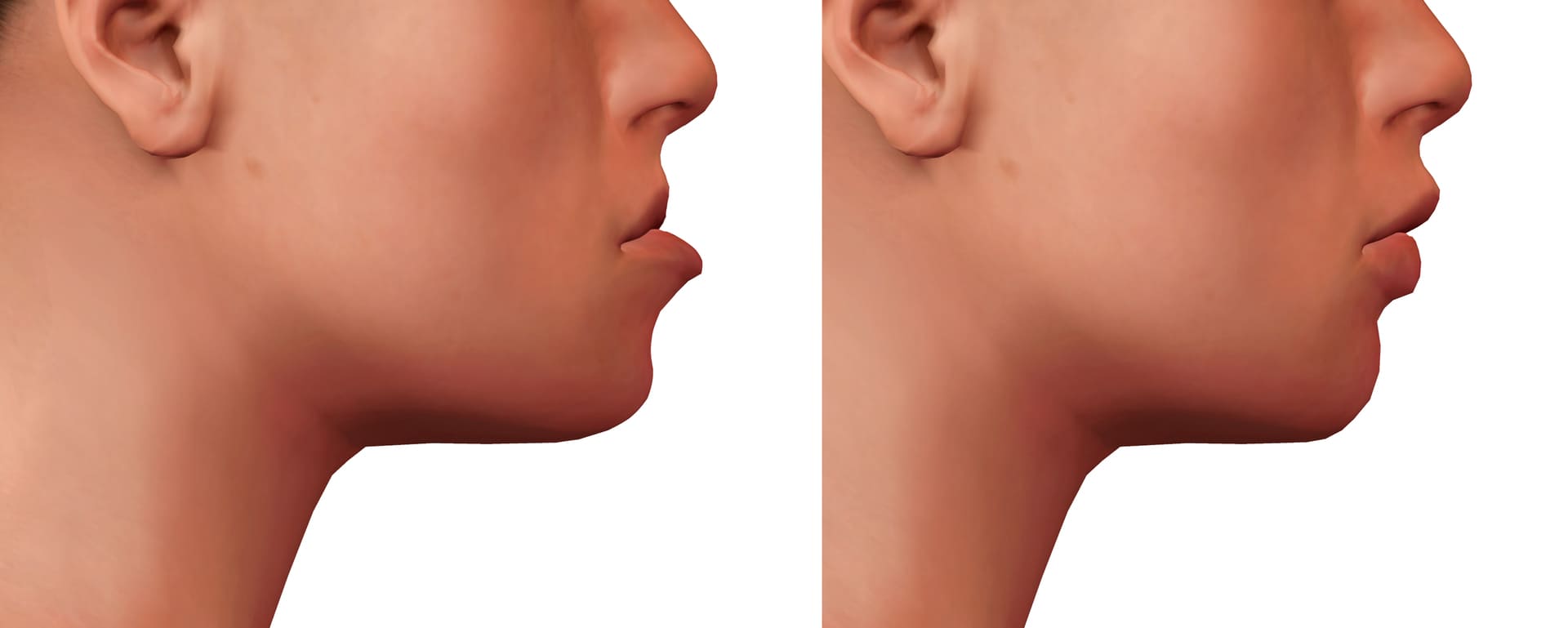
Planning may begin months in advance. Some patients undergo presurgical orthodontics before the operation can be scheduled. Braces help reposition teeth for proper jaw alignment. Without this step, final results may suffer. Orthodontists and surgeons collaborate throughout this stage. Dental arches are often widened or leveled beforehand. These adjustments prepare both arches for surgical repositioning. It requires patience but ensures functional outcomes post-surgery.
The procedure is performed under general anesthesia in a hospital or surgical center
Surgery day brings specific protocols. The procedure is performed under general anesthesia in a hospital or surgical center. You’ll fast before anesthesia induction. Monitors track breathing, heart rate, and oxygen levels. An endotracheal tube keeps the airway secure. Most procedures take between two and five hours. Duration depends on jaw movement complexity. Both upper and lower jaws may be repositioned.
Cuts are made inside the mouth to prevent external facial scarring
Incisions are not usually visible. Cuts are made inside the mouth to prevent external facial scarring. The surgeon separates bone segments precisely. Jaws are adjusted and fixed with tiny metal plates. Screws anchor these plates without entering the gums. No wires are visible from outside. Some patients receive inter-arch bands post-surgery. These elastic bands guide new bite function.
You may experience numbness in the lower lip or chin area after surgery
Sensory changes are common. You may experience numbness in the lower lip or chin area after surgery. The inferior alveolar nerve can be affected temporarily. Sensation typically returns over several weeks. In some cases, numbness may linger for months. Rarely, it becomes permanent. Most patients adjust without issue. Daily routines can continue despite altered sensation.
Swelling tends to peak around the third day after surgery
Postoperative swelling is expected. Swelling tends to peak around the third day after surgery. Ice packs are used in the first 48 hours. After that, warm compresses encourage drainage. Cheeks may appear round and tense. Elevating the head during sleep helps reduce swelling. Fluids may accumulate along the jawline. Recovery takes time and follows a gradual pattern.
Speech may be affected due to changes in jaw position and soft tissue tension
Talking feels different initially. Speech may be affected due to changes in jaw position and soft tissue tension. Articulation may sound slurred or limited. The tongue adjusts to new bone positioning. Swollen lips and cheeks may reduce clarity. Practicing common phrases helps muscle adaptation. Some patients consult speech therapists briefly. Full speech recovery usually happens within a month.
Liquid or soft food is required for the first few weeks after surgery
Chewing must be restricted early. Liquid or soft food is required for the first few weeks after surgery. Smooth soups, blended meals, and protein shakes are common. Hard or chewy foods are off-limits temporarily. Bite force needs time to stabilize. Sudden pressure could shift bone healing. Nutritional support ensures energy and tissue recovery. High-calorie options prevent weight loss.
Pain is usually managed with prescribed medication and gradually decreases
Discomfort is expected but controlled. Pain is usually managed with prescribed medication and gradually decreases. Opioids might be used for initial days. Nonsteroidal anti-inflammatories help reduce inflammation. Medications should be taken with food when possible. Sleeping upright minimizes jaw pressure. Most patients taper medications after one week. Persistent pain should be reported promptly.
Follow-up visits include checking the bite, healing progress, and band placement
Monitoring continues post-discharge. Follow-up visits include checking the bite, healing progress, and band placement. Dentists assess occlusion stability. X-rays confirm bone alignment and screw placement. Stitches dissolve or are removed within two weeks. Adjustments to elastic bands may be necessary. Soft tissue healing is also evaluated. These appointments are essential for long-term success.
The jaw continues to heal and remodel over several months after surgery
Recovery doesn’t end at discharge. The jaw continues to heal and remodel over several months after surgery. Bone fusion strengthens gradually with time. Scar tissue forms around surgical plates. Jaw muscles recondition through daily movement. You may resume full chewing after two months. Final symmetry often becomes visible after six months. Patience helps navigate this extended healing timeline.
